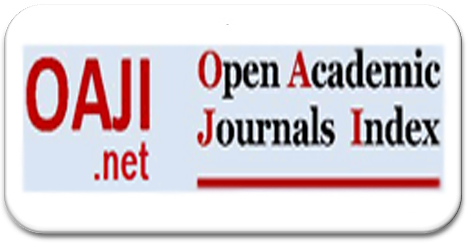Guidelines for the writing of articles at Substantia: Jurnal Ilmu-Ilmu Ushuluddin can be seen as follows:
Articles are the author's original scientific work and have never been published or are in the process of being published by other media;
Articles must be in accordance with the surrounding style and journal template;
The author must submit an article that reviews the actual themes within the scope of this journal, shows the sharpness of analysis, the updating of references, and no plagiarism. The author must fill in the form for the authenticity of the articles;
The articles systematics are:
- Title;
- Author's name (without academic degree), affiliation, e-mail, and Contact Whatsapp;
- Abstracts are written in two languages, Indonesian and English. The abstract contains a maximum of 300 words;
- Keywords, between 3-7 words;
- Introduction;
- Method
- Result & Discussion; Subtitles (according to the needs of the analysis and discussion);
- Conclusions;
- References/bibliography
Articles can be written in Indonesian, English, and Arabic;
Articles submitted to this journal have written in Papers A4, Times New Roman 12 pt, 1 space ranging in length from 4000-7000 words or 15-25 pages;
Articles submitted to this journal have been written using the Mendeley reference manager with Format Chicago Manual of Style 17th Edition (full note);
The articles submitted through online submissions must contain the articles file and the academic biographical data;
The articles were sent using Arabic-Indonesian transliteration according to SKB 3 Ministers
Make sure that your articles are prepared using the articles template. Download here the article template.
Your TITLE should:
- Clear, Assertive, and Informative, representing the article's content in no more than 15 words.
- Not contain abbreviations
Your ABSTRACT should:
- Written in two languages: Indonesian and English
- Provides a synopsis of the entire article;
- It starts with the broad context of the study, followed by specific background for the study;
- Describes the purpose, methods and procedures, core findings and results, and conclusions of the study;
- Emphasizes new or important aspects of the study;
- Be understandable to a diverse audience;
- Be a single paragraph and no more than 300 words;
- Not contain citations or uncommon abbreviations
Your INTRODUCTION should:
- Contains the issues studied
- Contain the urgency of the study
- Contain related previous studies
- Declare the purpose of the study
- State the argument of the study
- No more than 1000 words
Your METHOD should:
- Contain the research approach, location, data collection method, numbers of informants or respondents, and data analysis technique.
- Describe the research method, where the research was conducted; why to use the specific technique of data collection; why you chose the specific number of informants; how the process of data analysis was conducted; and state the reason for the method that you used in the study
- No more than 500 words
Your RESULT & DISCUSSION should:
- Provide the research data
- Have good analysis
- Have a comparison with another relevant study
- The data and analysis provide the answer to the research problem
Your CONCLUSION should:
- Provide the specific answer for the problem that was studied
- State the conclusion of the study
- State the limitation of the study
- No more than 250 words
Your REFERENCES should:
- Using Mendeley Format Chicago Manual of Style 17th Edition (full note)
- 80% from journals and 20% from books or other media
- The minimum number of references is 25 bibliography


.png)





















